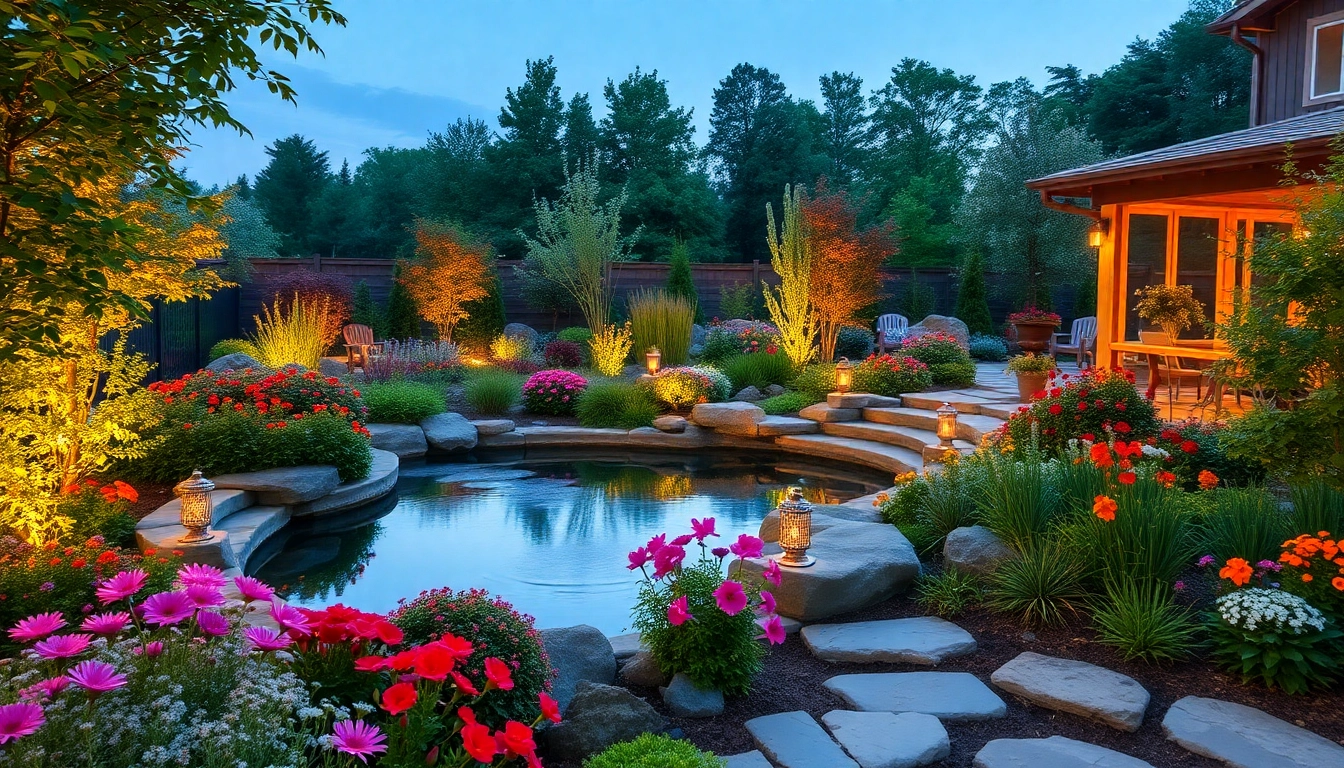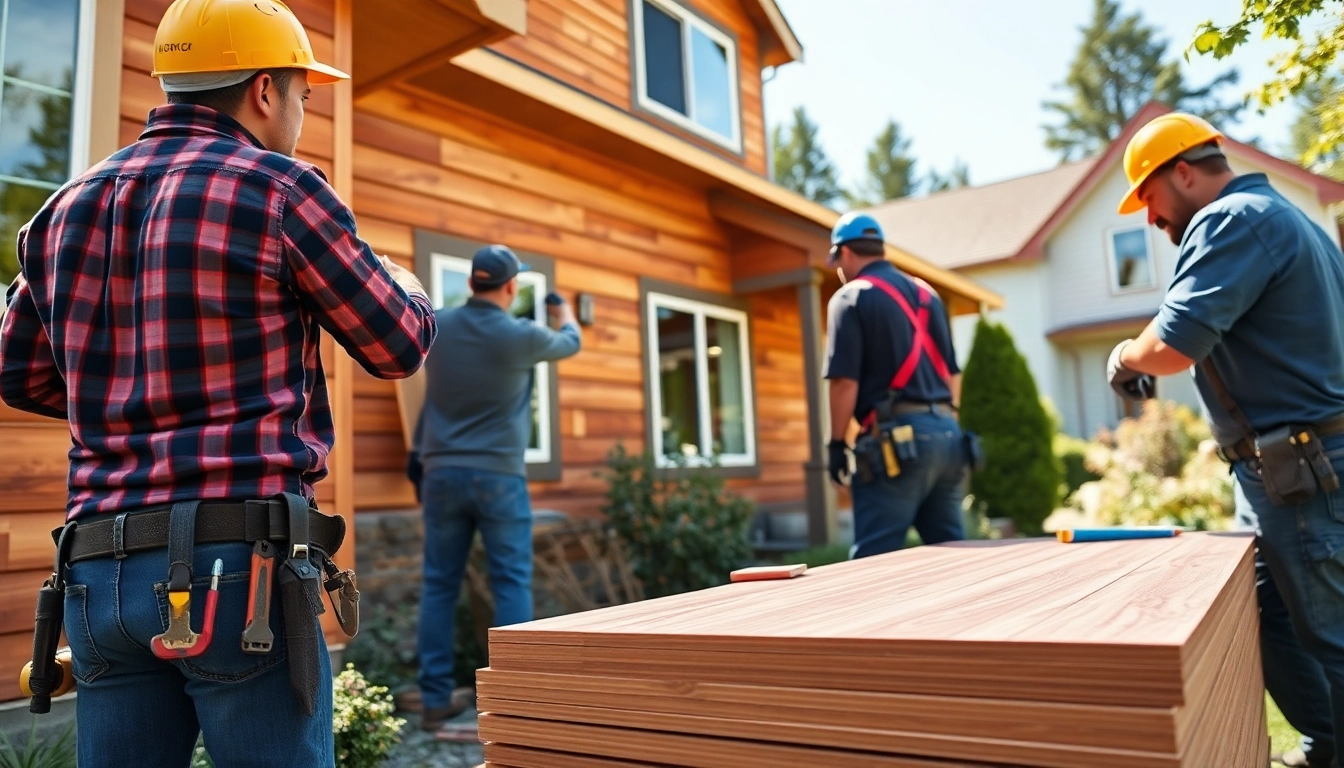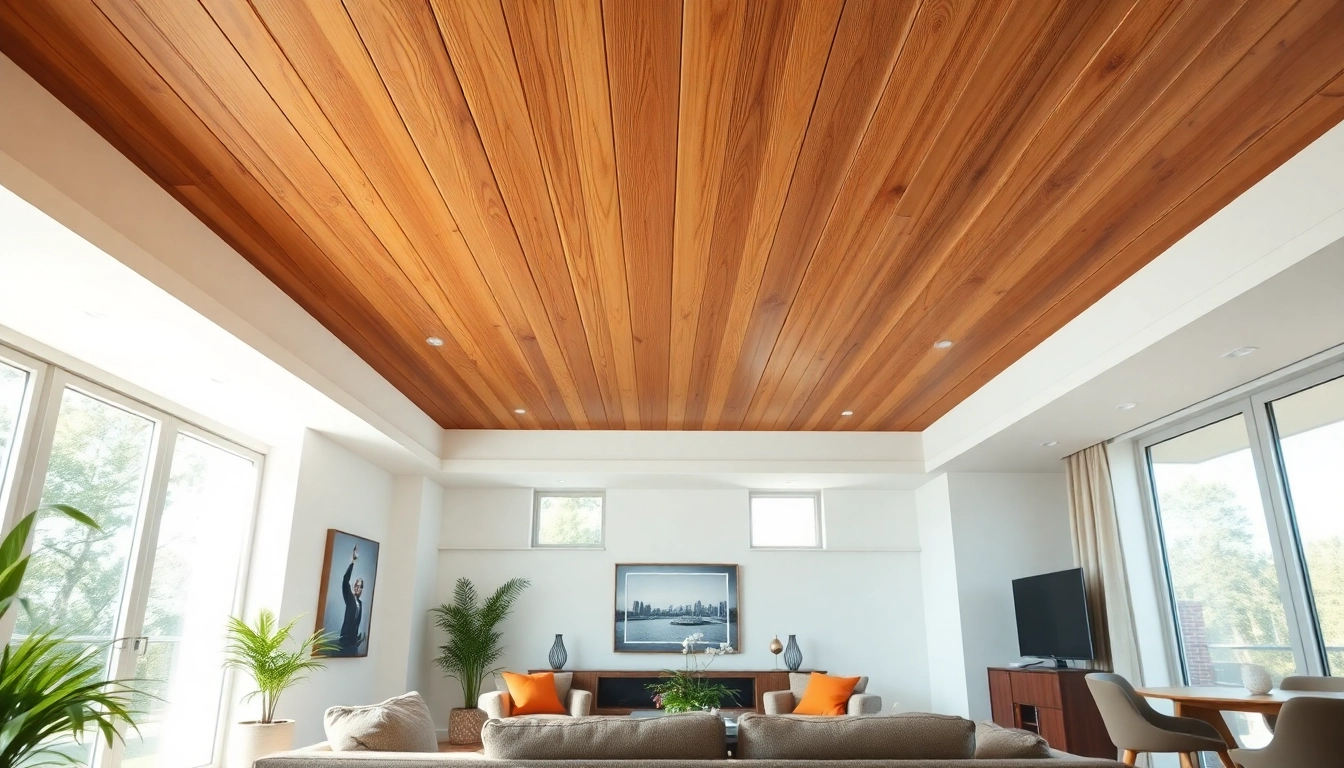Understanding Landscape Design Services
Landscape design is much more than simply arranging plants and hard surfaces; it is an intricate blend of art and science that requires a deep understanding of environmental conditions, sustainable practices, and aesthetic principles. Those considering enhancing their outdoor spaces often seek the expertise of professional landscape design service providers to ensure the best results. In this article, we delve into the multifaceted world of landscape design, exploring the importance, types of services available, and best practices for achieving stunning, functional outdoor spaces.
What is Landscape Design?
Landscape design involves planning the layout and functionality of outdoor spaces, combining natural elements such as flora and fauna with constructed features like pathways, patios, and other hardscaping elements. It encapsulates various disciplines, including horticultural knowledge, environmental science, and artistic design, aiming to create spaces that are not only visually appealing but also harmonious with their surroundings.
The Importance of Professional Services
Engaging a professional landscape design service offers numerous advantages, from saving time and resources to ensuring the project aligns with local regulations and sustainability standards. Experts possess the knowledge necessary to evaluate site conditions, select appropriate materials, and create designs that resonate with clients while also addressing ecological concerns. Particularly in areas where regulatory compliance is critical, the experience of a designer ensures that all aspects are thoroughly considered.
Key Elements of Landscape Design
Successful landscape design hinges on several key elements:
- Vegetation: The types, quantities, and placement of plants form the foundation of any landscape design.
- Hardscaping: This includes non-plant elements such as patios, pathways, and walls, which help define space and contribute to functionality.
- Water Features: Integrating ponds, fountains, or rain gardens can enhance aesthetic appeal and provide ecological benefits.
- Lighting: Strategic outdoor lighting improves usability and safety while highlighting design elements.
- Sustainability: Implementing eco-friendly practices and native plants promotes long-term health for the landscape.
Types of Landscape Design Services
Residential vs. Commercial Landscape Solutions
Landscape design services can be tailored to meet the specific needs of residential or commercial clients. Residential projects typically focus on personal comfort, aesthetics, and relaxation, featuring gardens, outdoor seating areas, and family-friendly spaces. In contrast, commercial landscaping emphasizes functionality, branding, and maintenance efficiency, often involving larger-scale projects such as corporate campuses, parks, and public spaces.
Eco-friendly and Sustainable Approaches
With increasing awareness of environmental issues, sustainable landscape design has gained traction. This includes practices like using native plants, implementing xeriscaping (landscaping that reduces or eliminates the need for irrigation), and employing organic gardening techniques. Eco-friendly approaches not only reduce environmental impact but can also lower maintenance costs in the long run.
Hardscaping and Softscaping Services
A well-balanced landscape incorporates both hardscaping and softscaping. Hardscaping refers to the non-plant elements such as paving, walls, and fences, while softscaping involves the living elements, primarily plants. A combination of the two creates a cohesive atmosphere, offering texture, structure, and support for various activities.
Choosing the Right Landscape Design Service
Questions to Ask Potential Designers
When selecting a landscape design service, it is crucial to ask the right questions to ensure the designer’s vision aligns with yours. Consider inquiring about:
- Their design philosophy and process.
- Experience and credentials in landscape design.
- Previous projects and client references.
- How they approach sustainability and local regulations.
- Project management and communication methods.
Understanding Project Timelines and Costs
Understanding the timeline and costs associated with landscape design is essential for budgeting purposes. Designers should provide an estimated schedule for the various phases of the project, from initial consultation to final installation. Consider discussing potential variations in cost based on materials, labor, and project complexity to ensure transparency throughout the process.
Reviewing Portfolios for Quality Assurance
A comprehensive portfolio is essential in evaluating a designer’s expertise. Reviewing past projects allows clients to gauge the designer’s style, creativity, and ability to execute diverse landscapes effectively. Look for not only finished projects but also testimonials or case studies that showcase the designer’s problem-solving capabilities.
Best Practices in Landscape Design
Incorporating Local Flora into Designs
Utilizing native plants is a fundamental principle in landscape design. Local flora is adapted to the climate, soil, and pests of the area, requiring less maintenance and conserving water. By incorporating native species, designers can develop resilient landscapes that thrive while promoting biodiversity.
Maintaining Balance Between Aesthetics and Functionality
Successful landscapes strike a balance between beauty and functionality. It’s vital to assess how the space will be used, ensuring that pathways, seating, and gathering areas are not only attractive but also practical. Consideration for traffic flow and accessibility will enhance user experience.
Adapting to Site Conditions and Client Needs
Every landscape design operates within specific site conditions and client needs. Topography, soil quality, climate, and existing structures all affect design choices. Designers must be adaptable, often making real-time adjustments to their plans based on how the site responds to proposed ideas.
Measuring the Success of Your Landscape Design Project
Establishing Performance Metrics
To evaluate the success of a landscape design project, it’s important to establish performance metrics at the outset. This might include criteria such as plant growth rates, client satisfaction surveys, or functionality assessments to ensure the design meets its intended goals over time.
Assessing Client Satisfaction
After project completion, obtaining feedback from clients is essential. Satisfaction assessments provide insights into areas of success and opportunities for improvement. Distributing surveys or conducting follow-up meetings fosters an ongoing relationship and allows for adjustments based on client preferences.
Long-term Maintenance and Adaptation Strategies
Long-term success in landscape design hinges on maintenance and adaptability. Regular upkeep keeps the landscape healthy and visually appealing, while being open to modifications allows the design to evolve alongside client needs or environmental changes. Designers should offer recommendations for maintenance schedules, as well as guidance on seasonal adaptations to maintain the landscape’s vibrancy and effectiveness.















Leave a Reply